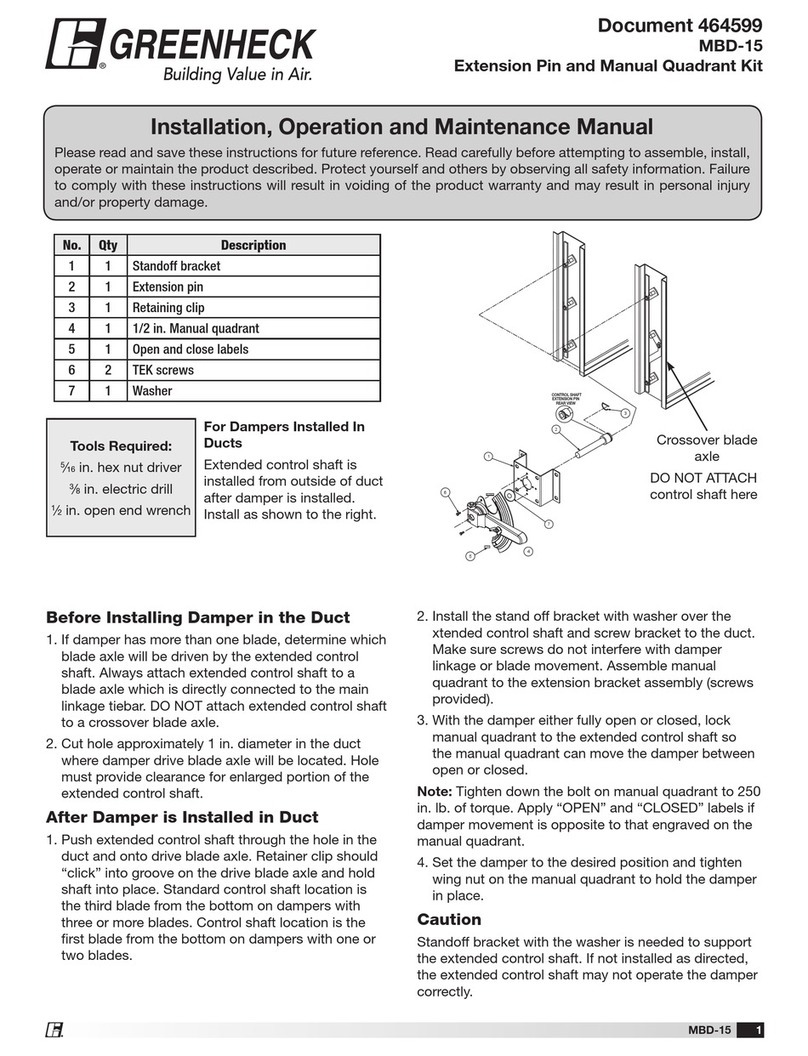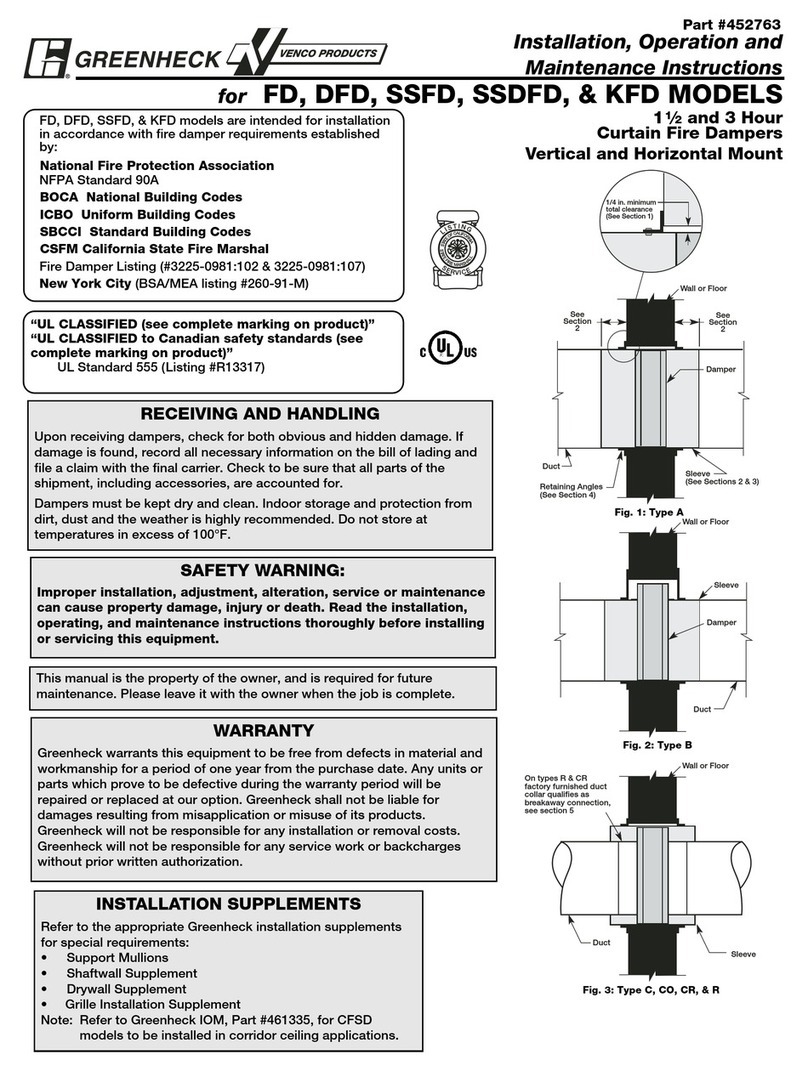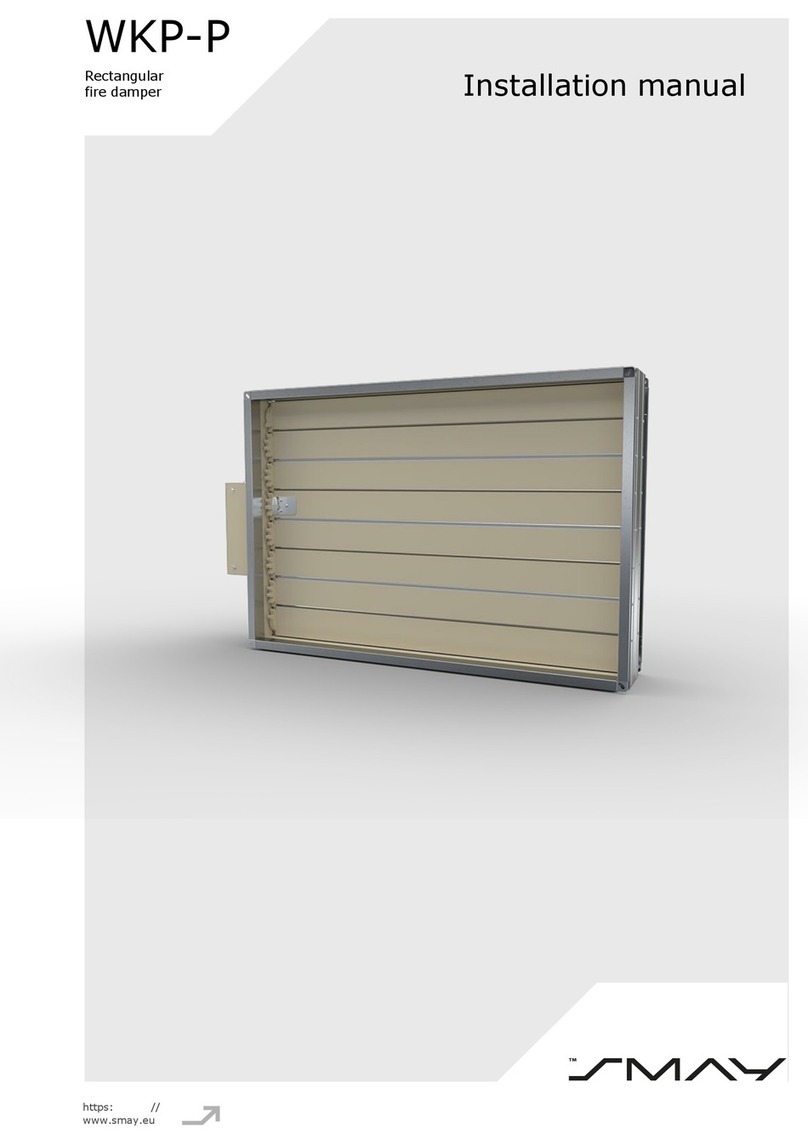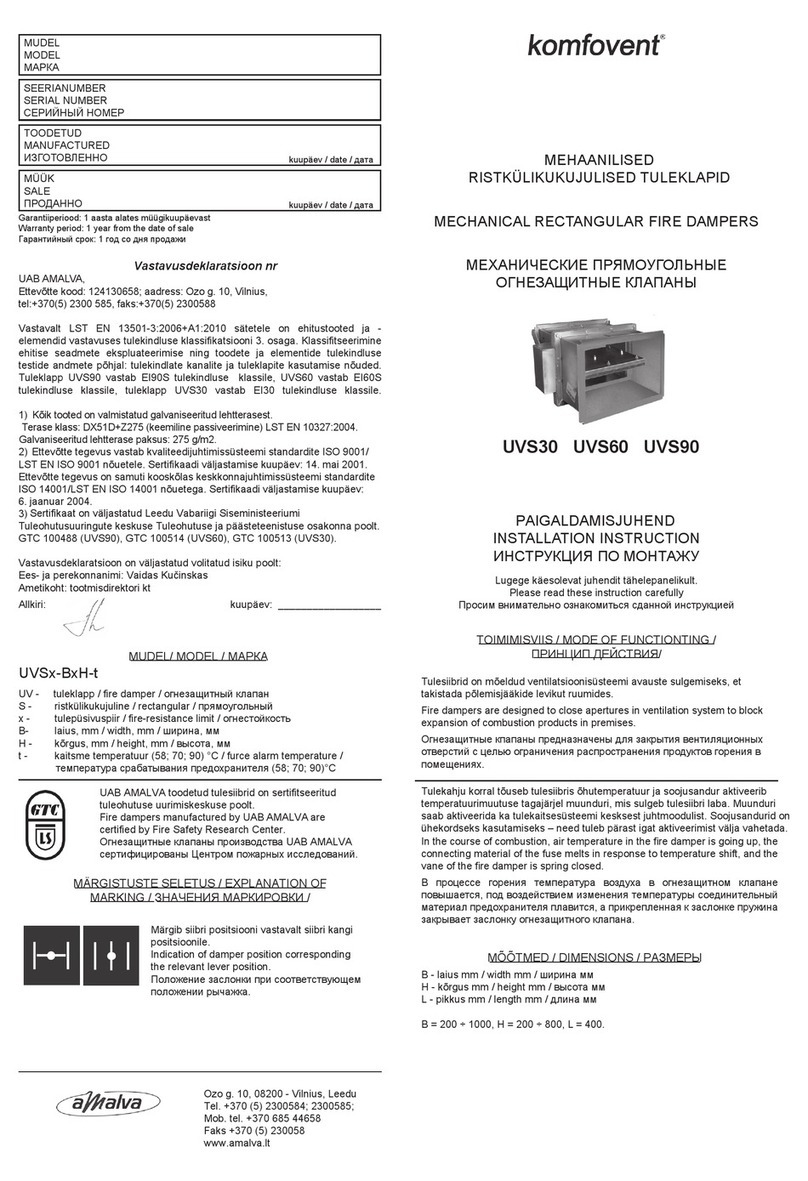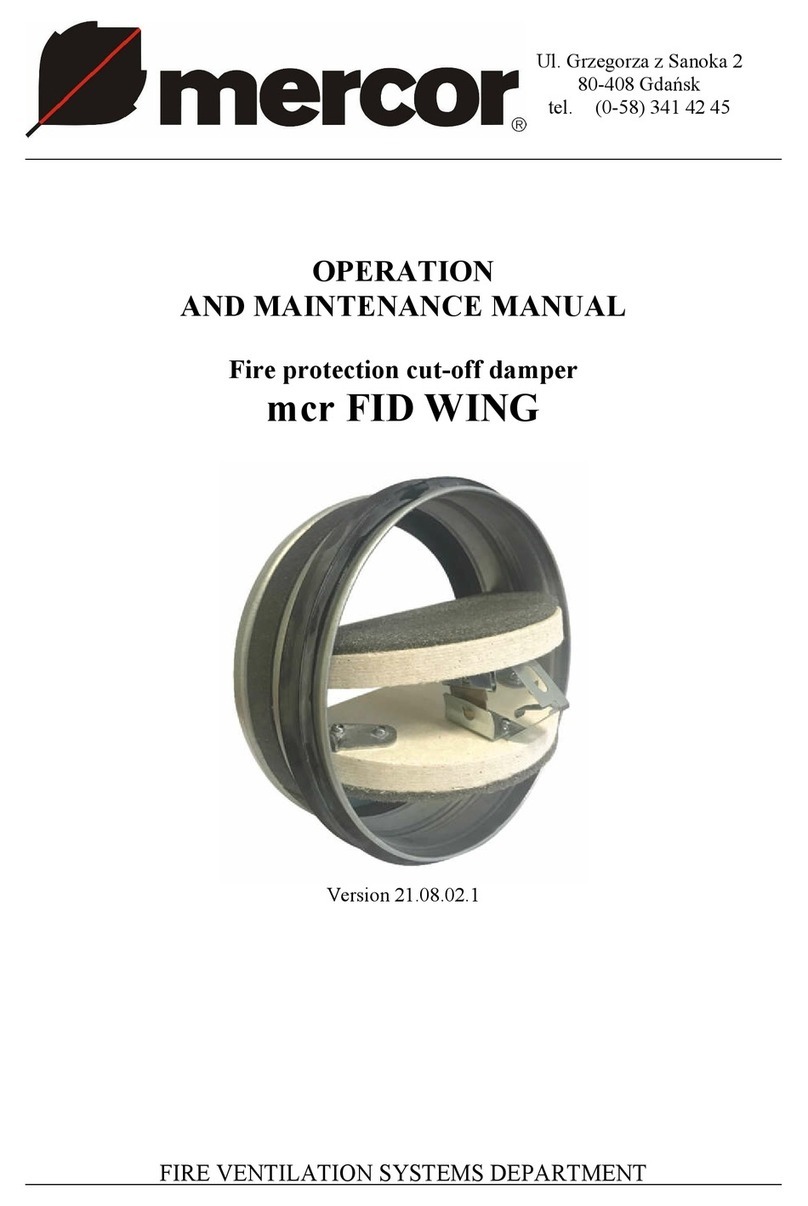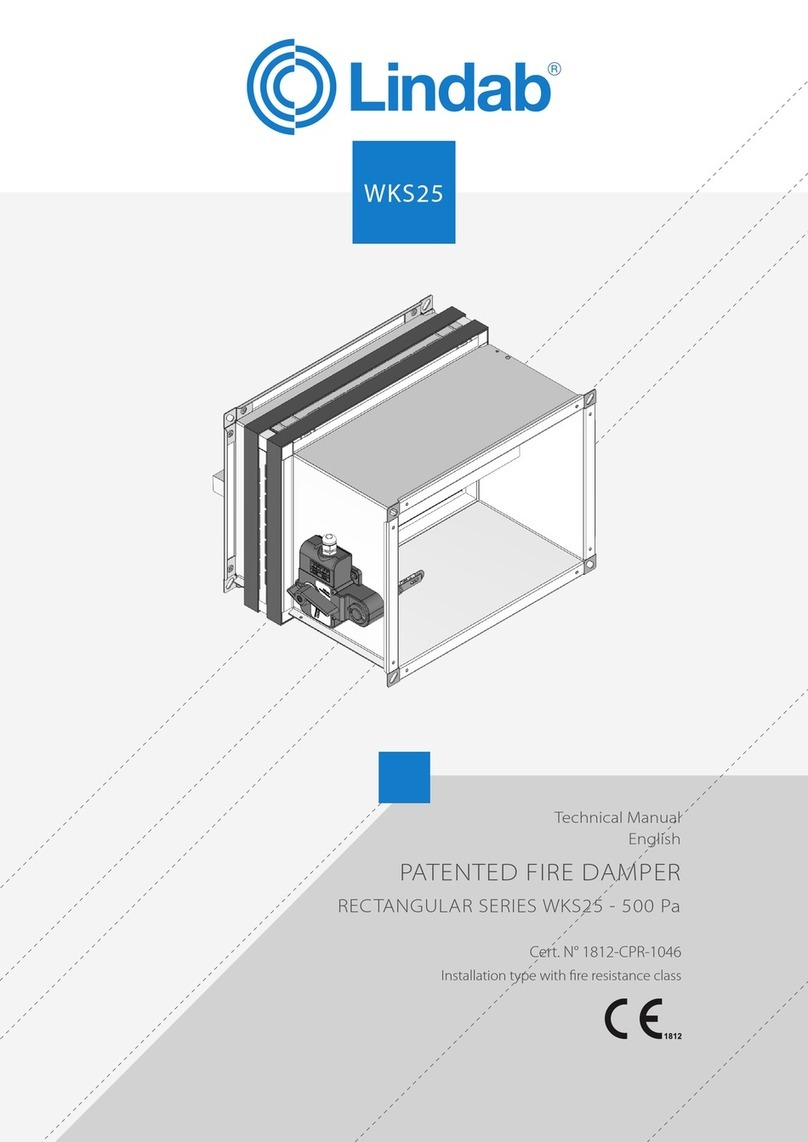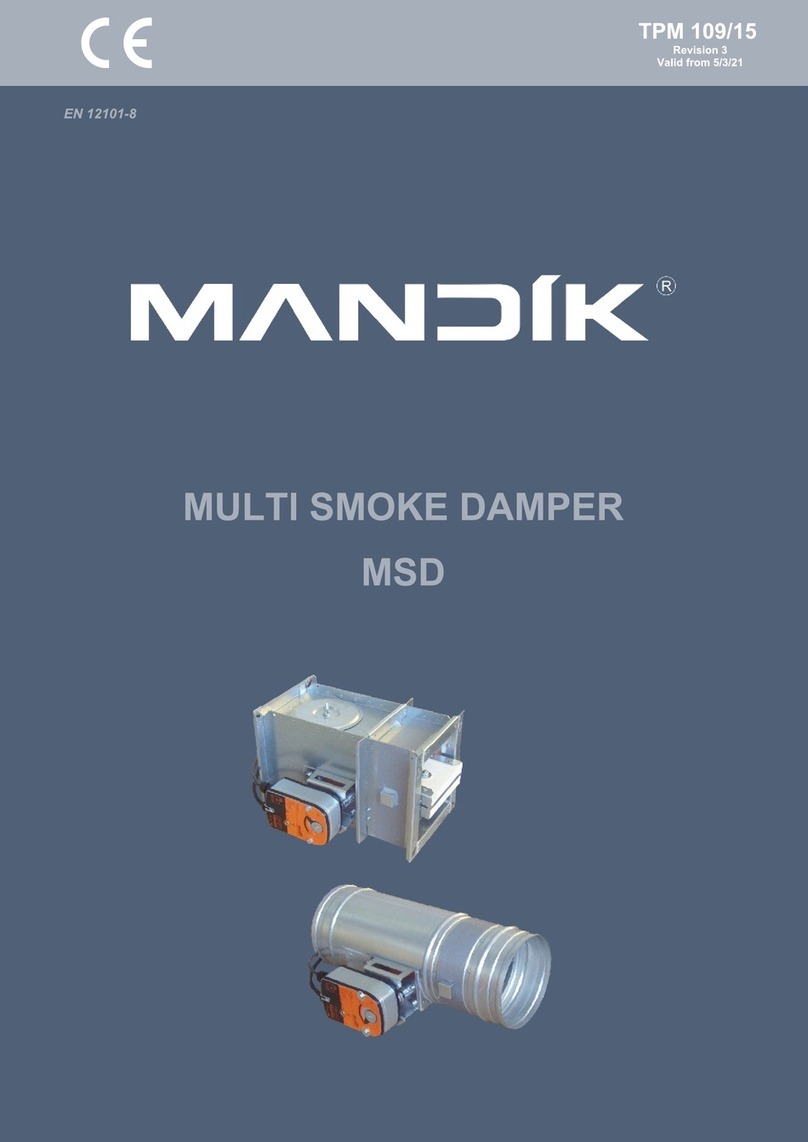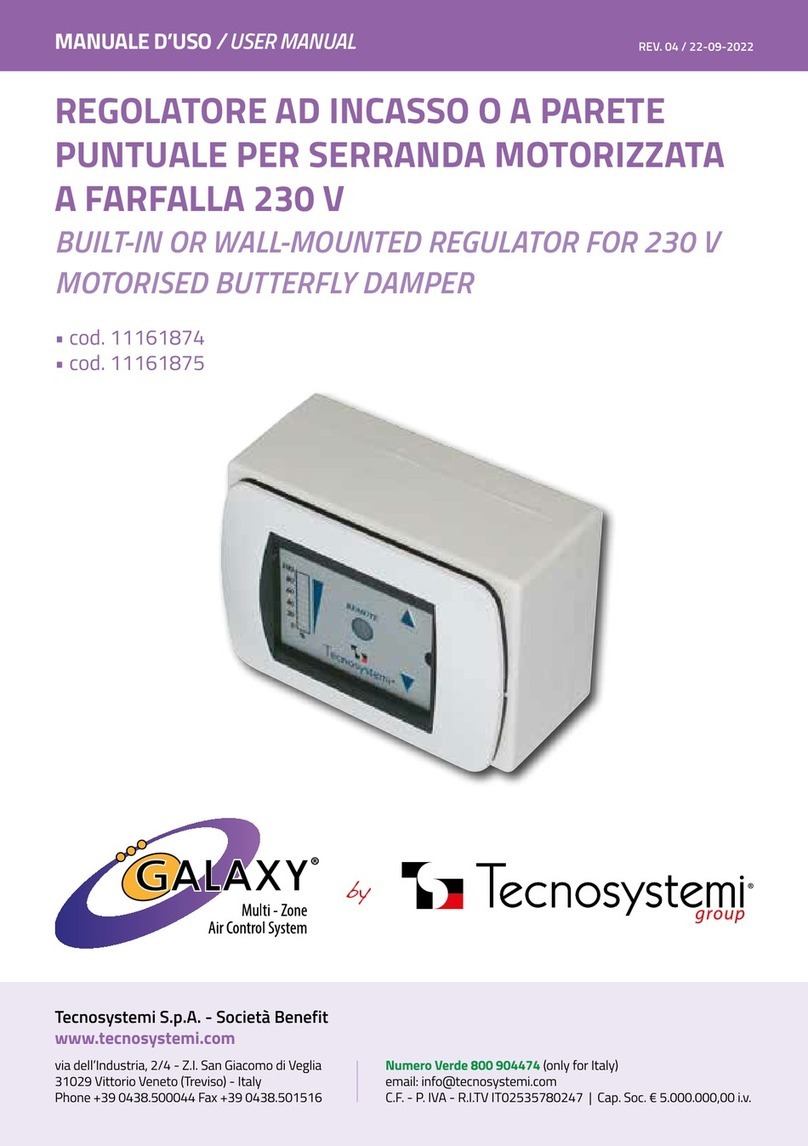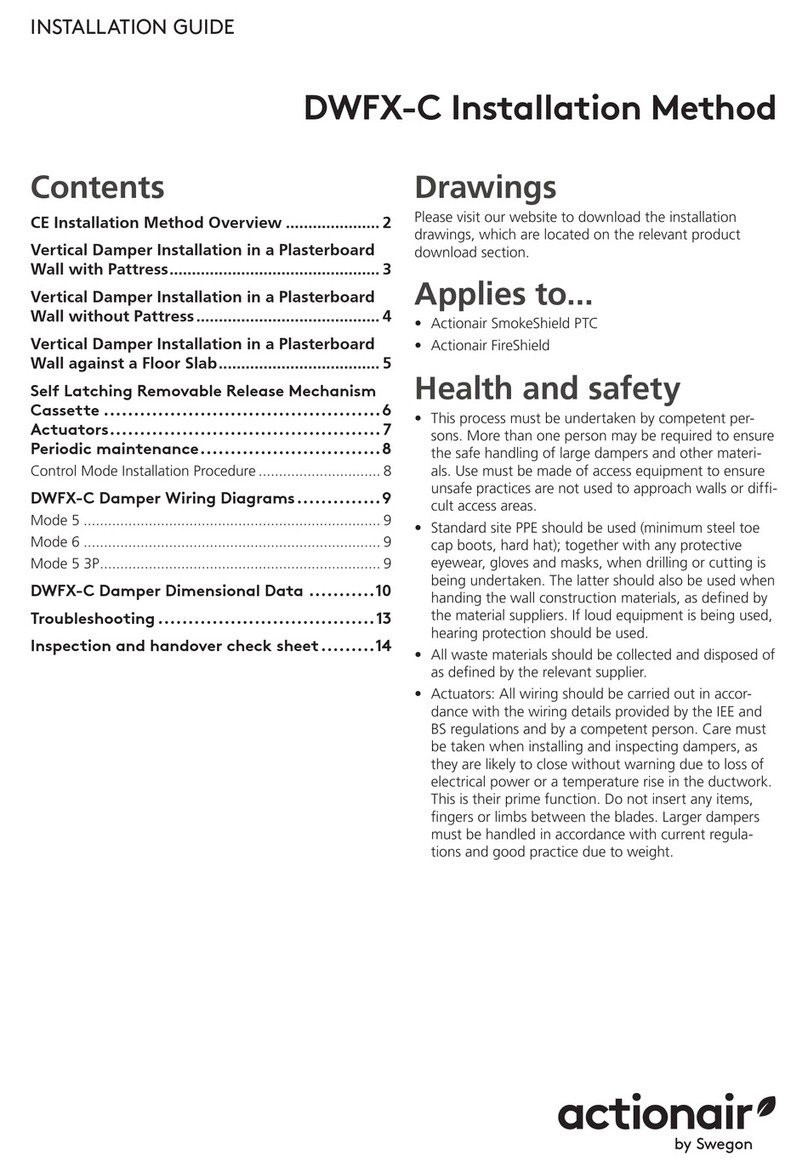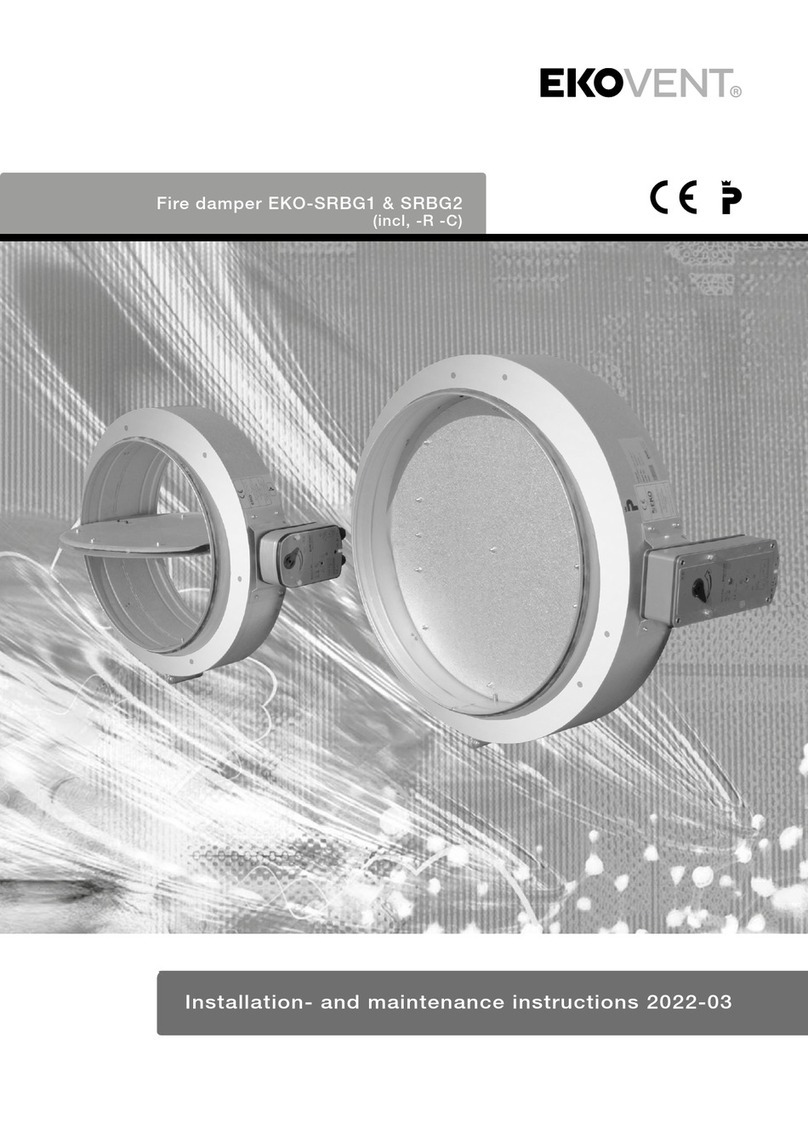Greenheck HSD-401 Manual
Other Greenheck Fire And Smoke Damper manuals
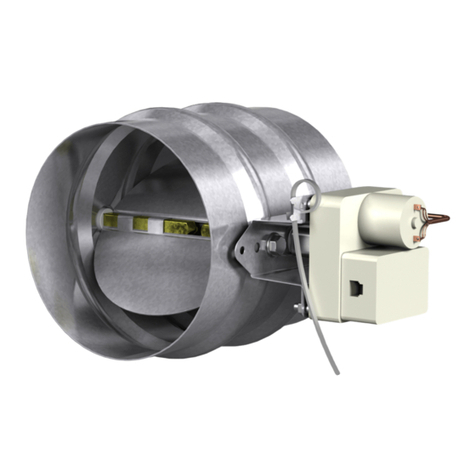
Greenheck
Greenheck RBDR Series User manual
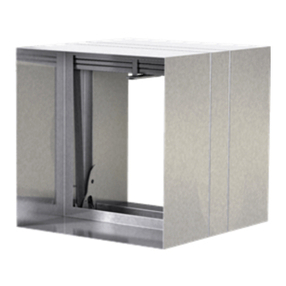
Greenheck
Greenheck FD150X Installation and operating instructions

Greenheck
Greenheck FSDR Series Installation and operating instructions
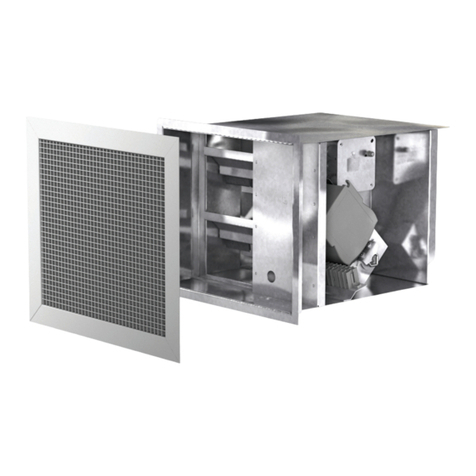
Greenheck
Greenheck GFSD Series User manual
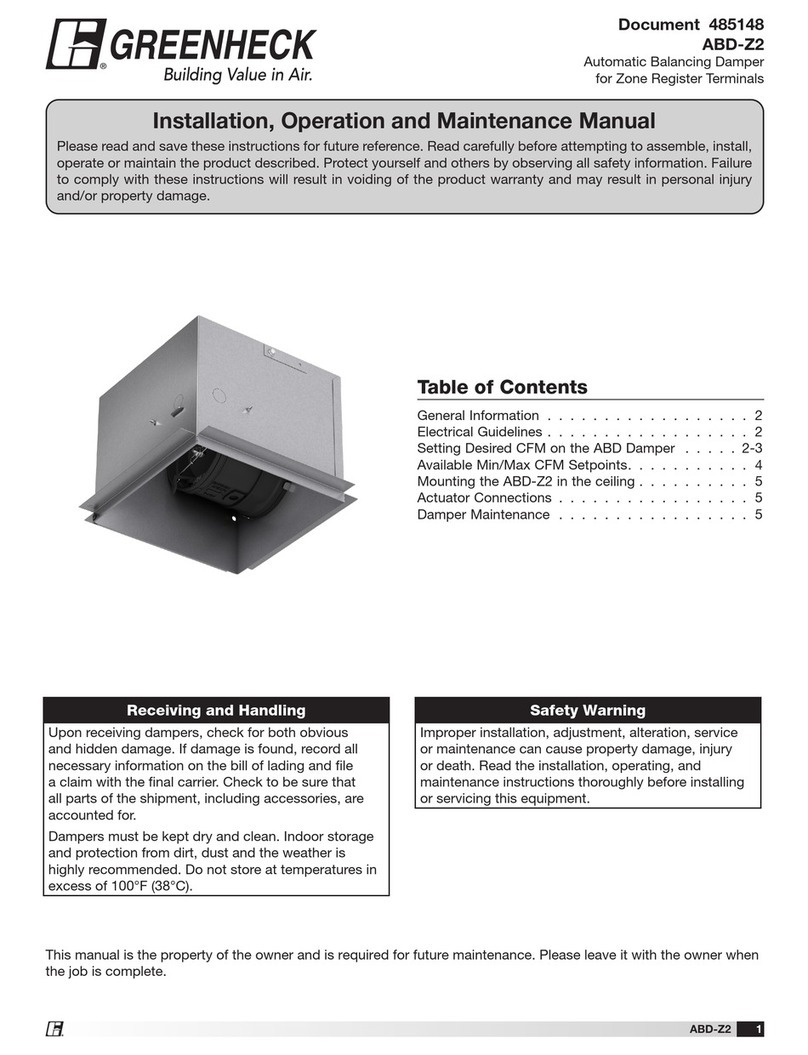
Greenheck
Greenheck ABD-Z2 User manual
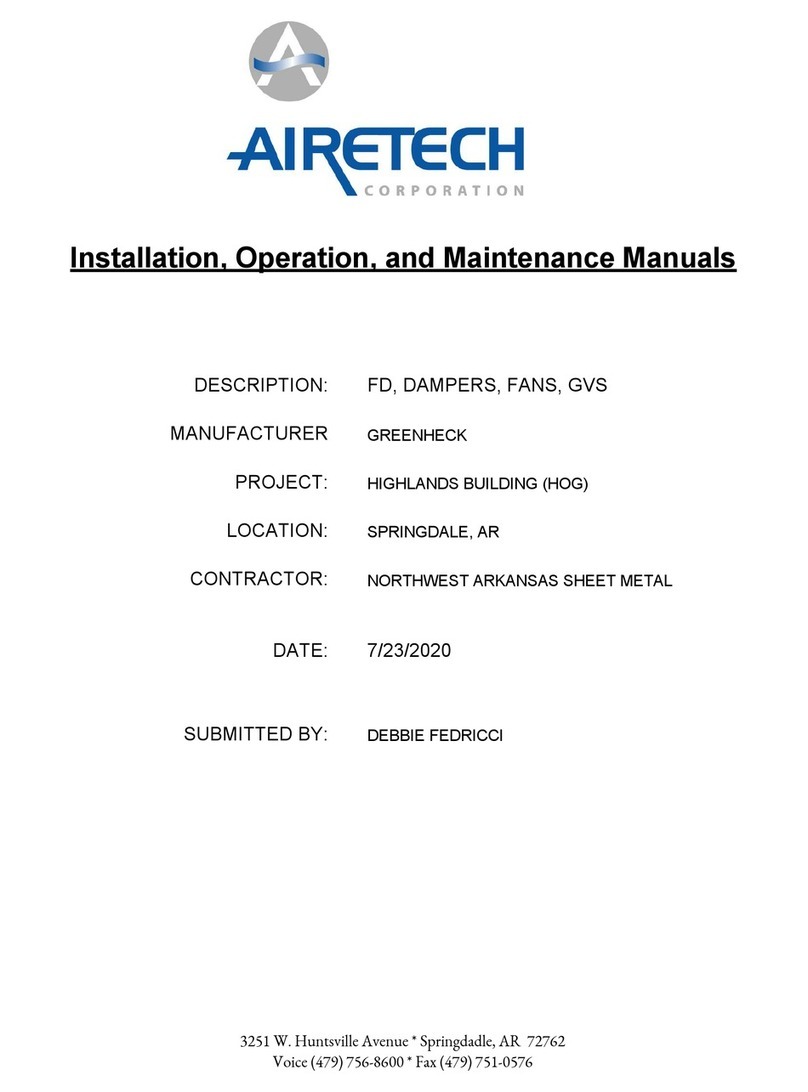
Greenheck
Greenheck DFD Series User manual
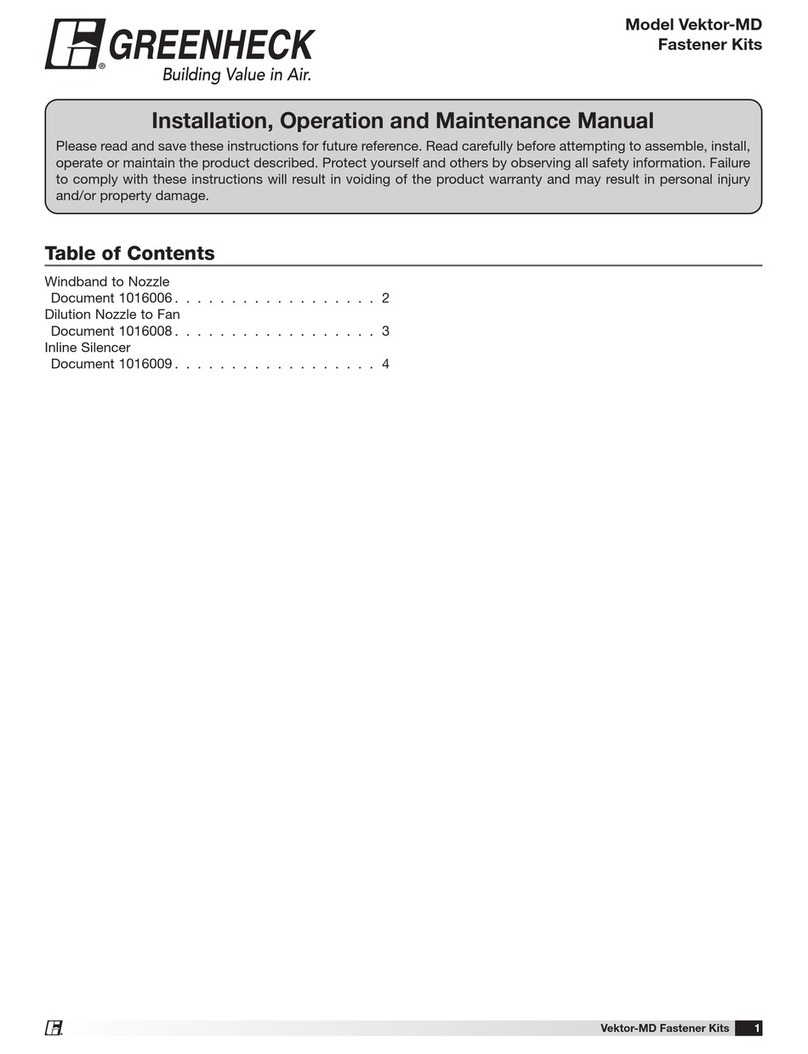
Greenheck
Greenheck Vektor-MD User manual

Greenheck
Greenheck DFD Series User manual
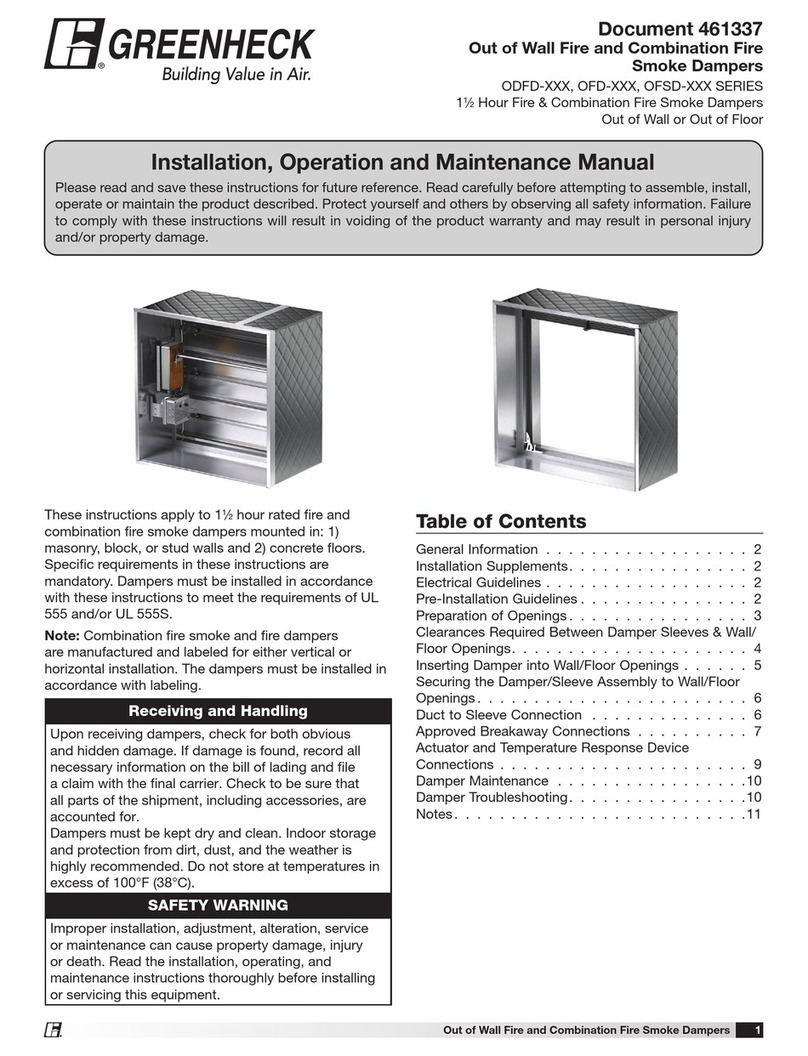
Greenheck
Greenheck ODFD Series User manual
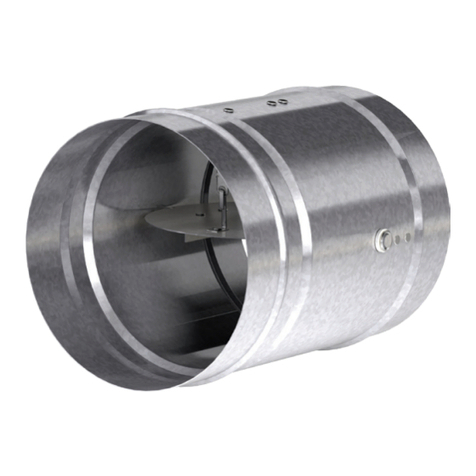
Greenheck
Greenheck FSDR Series User manual

Greenheck
Greenheck ESK-402 Installation and operating instructions

Greenheck
Greenheck DFD Series User manual
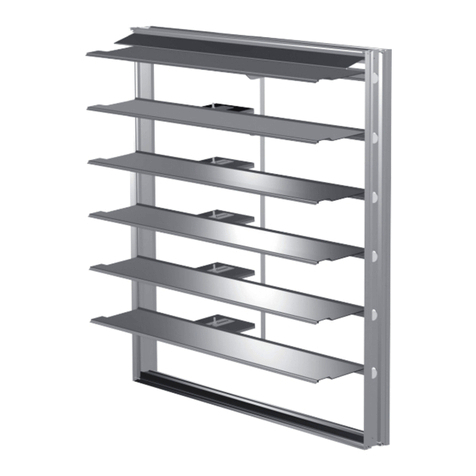
Greenheck
Greenheck ES Series User manual
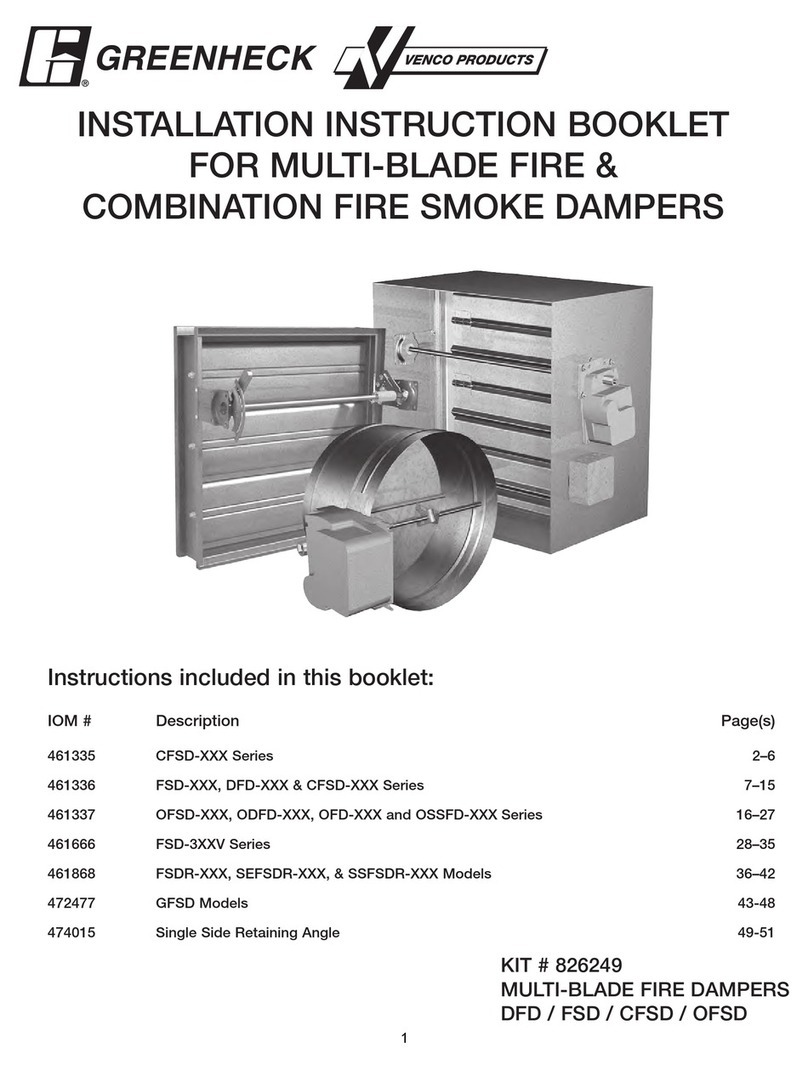
Greenheck
Greenheck CFSD Series User manual
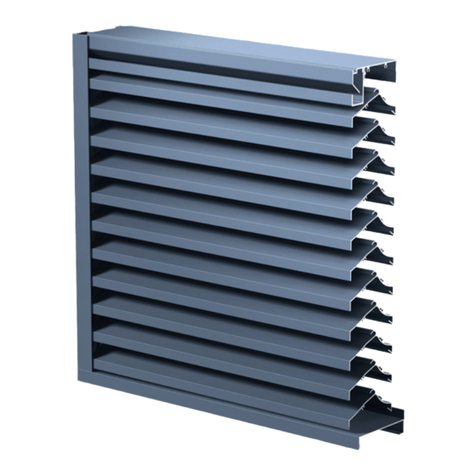
Greenheck
Greenheck EHM-601 User manual
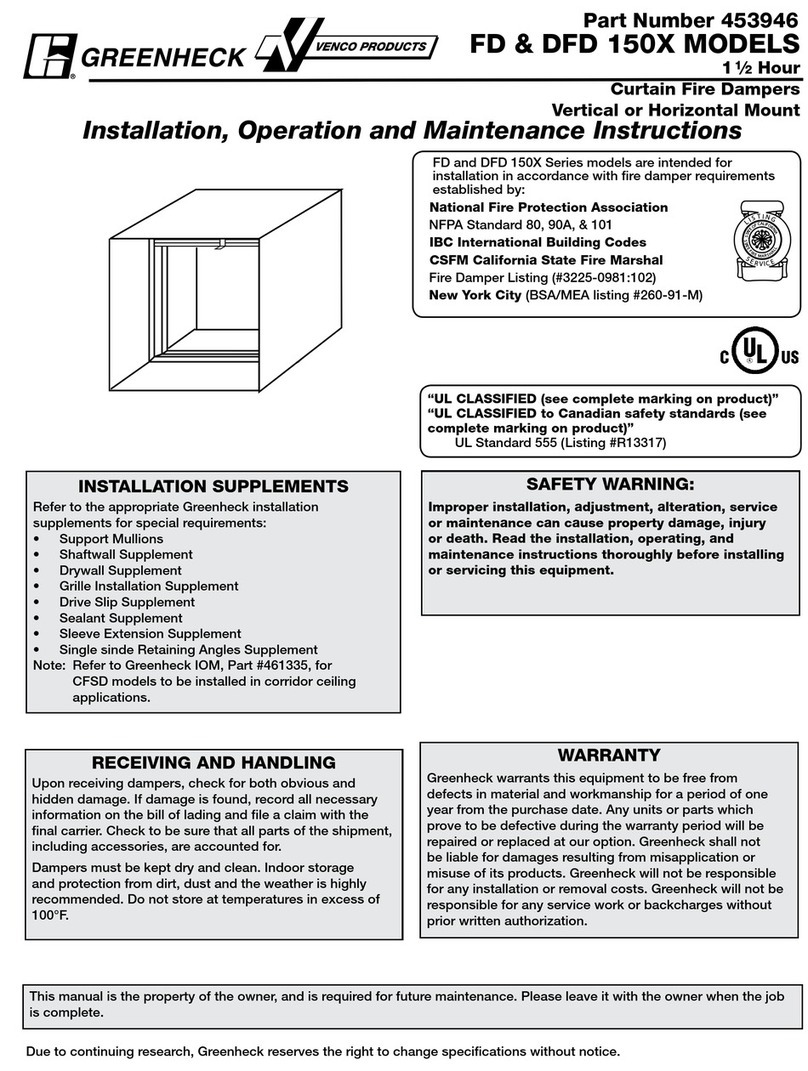
Greenheck
Greenheck FD150X Manual

Greenheck
Greenheck FSD Series User manual

Greenheck
Greenheck Vektor-M Series User manual
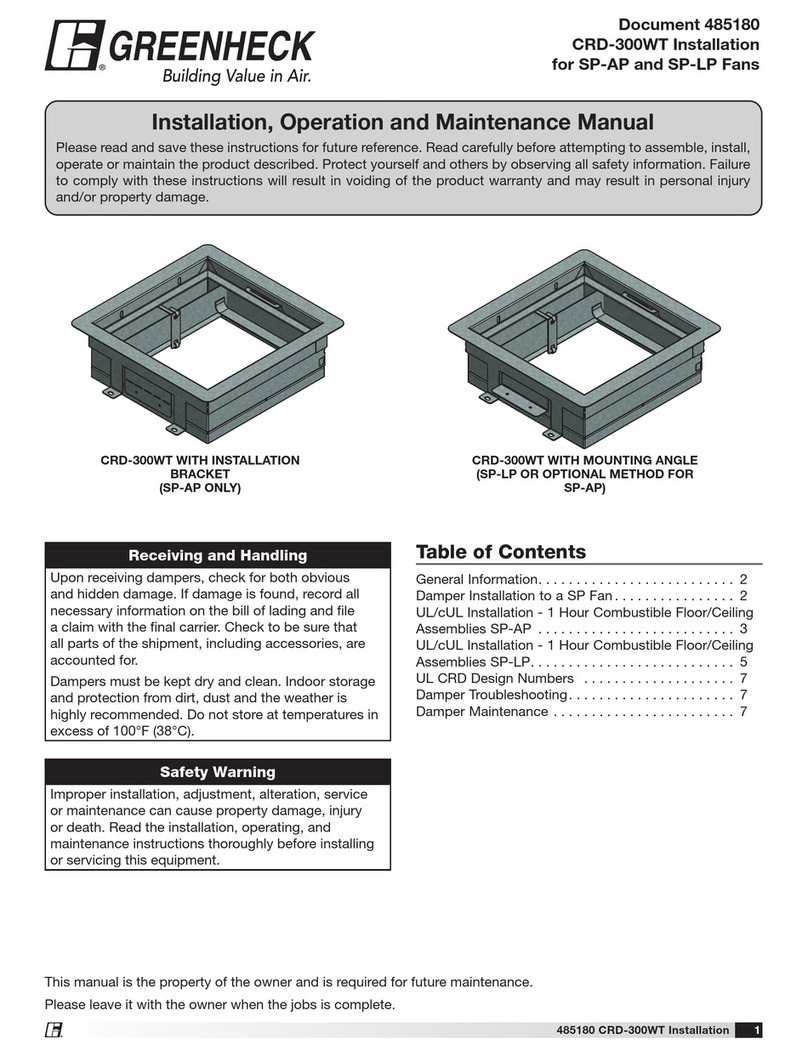
Greenheck
Greenheck CRD-300WT User manual
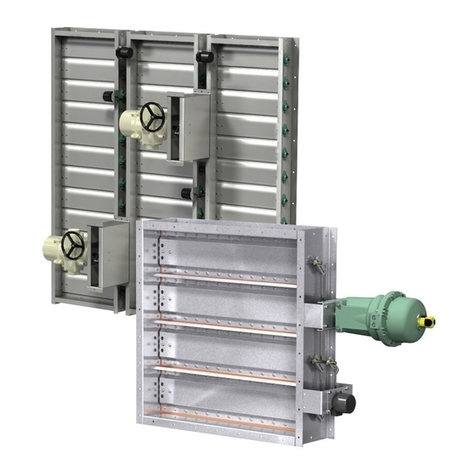
Greenheck
Greenheck HTD Series User manual
Popular Fire And Smoke Damper manuals by other brands

mercor
mercor mcr ZIPP Operation and maintenance manual

HVC
HVC NCA 700 Series Operation and maintenance manual
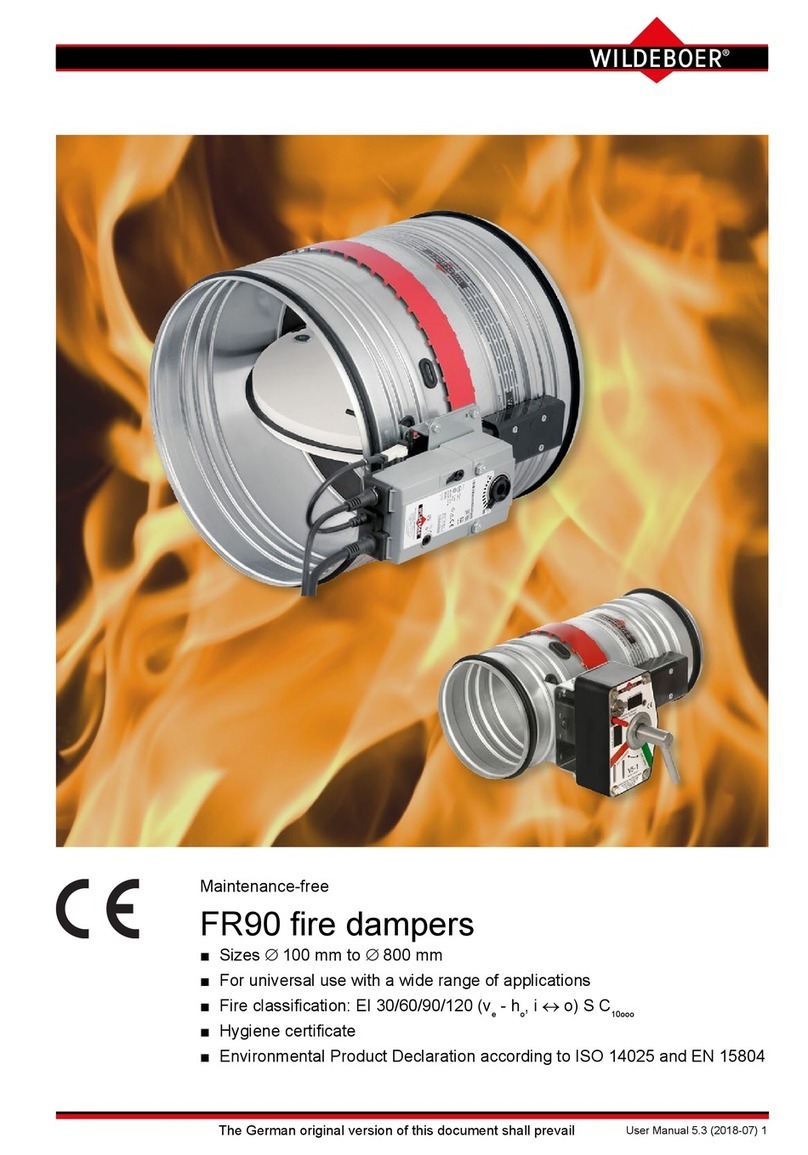
Wildeboer
Wildeboer FR90 user manual
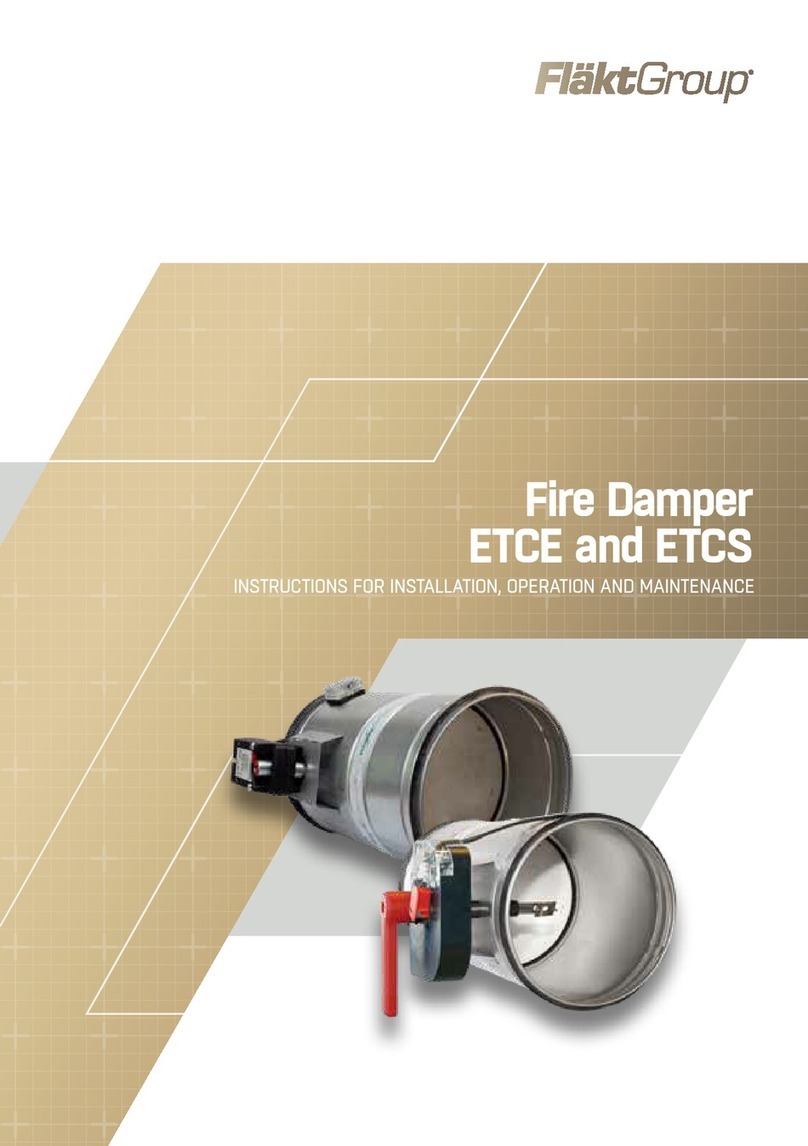
FläktGroup
FläktGroup ETCE Instructions for installation, operation and maintenance
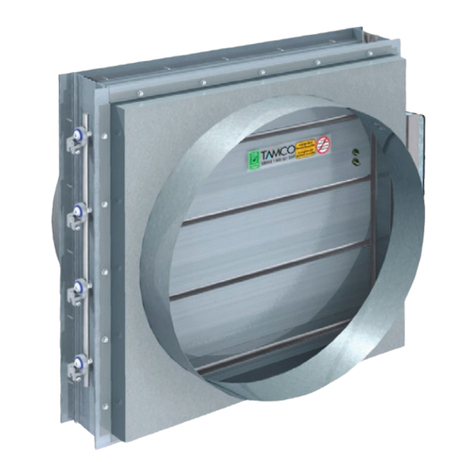
Tamco
Tamco 1000 SM Series manual

BLAUBERG Ventilatoren
BLAUBERG Ventilatoren BSK user manual
